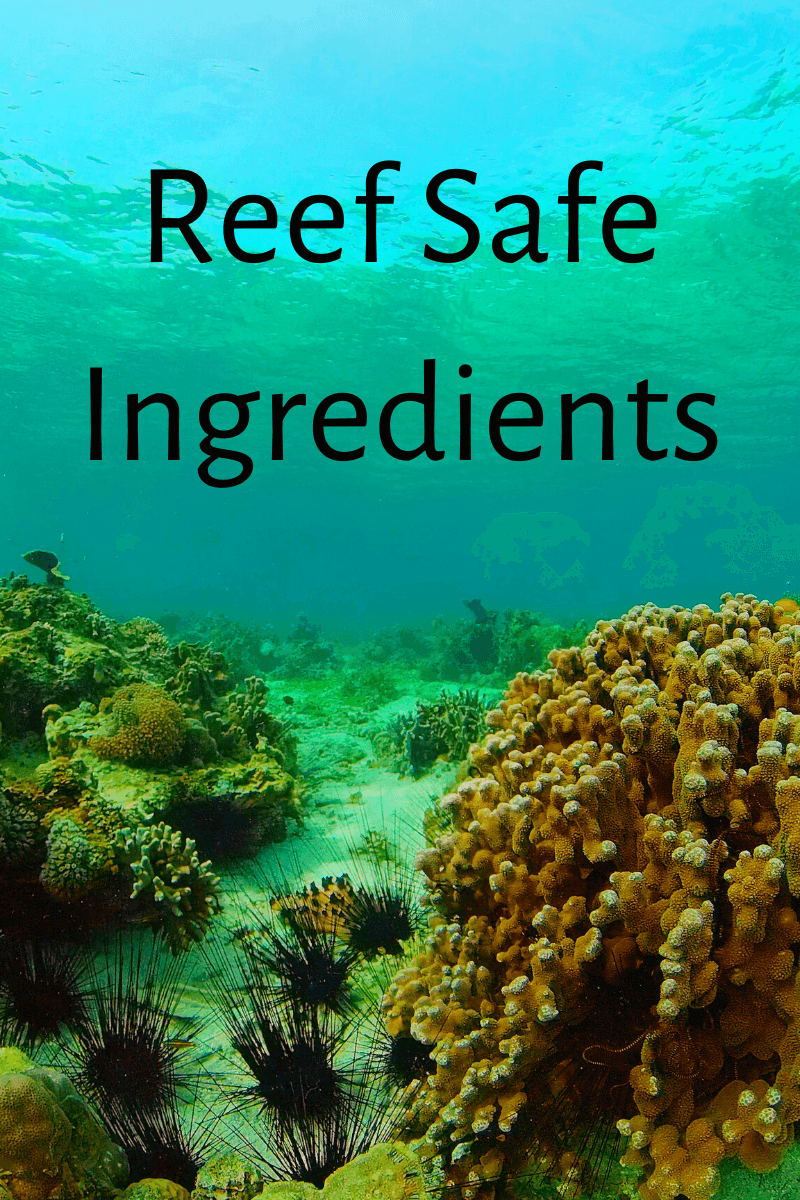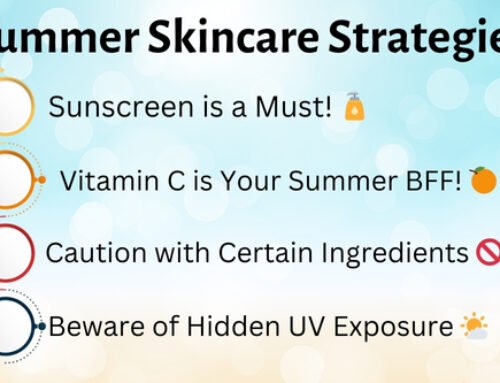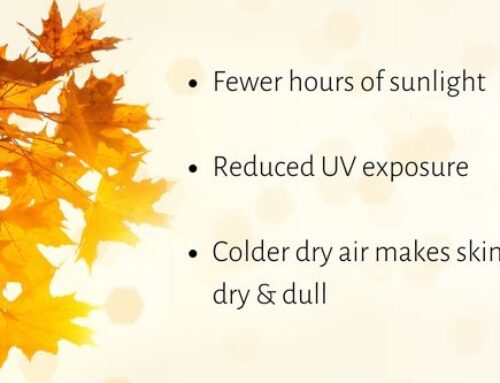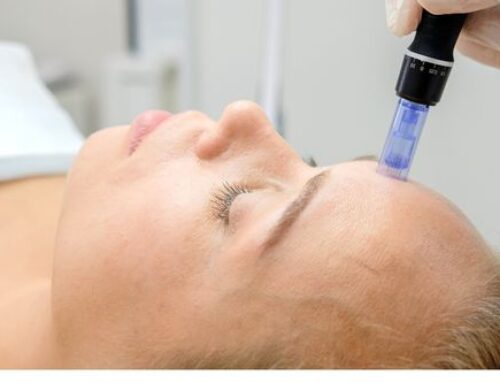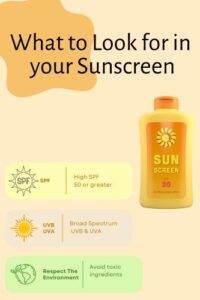 If there’s one skin care product you should never leave behind, it’s sunscreen. While there are products and procedures on the market that may help combat or even reverse skin damage, using sunscreen regularly is the best way to prevent that damage from happening in the first place! It can be used to prevent sunburn, of course, but also can help prevent the signs of aging and minimize your risk of developing skin cancer.
If there’s one skin care product you should never leave behind, it’s sunscreen. While there are products and procedures on the market that may help combat or even reverse skin damage, using sunscreen regularly is the best way to prevent that damage from happening in the first place! It can be used to prevent sunburn, of course, but also can help prevent the signs of aging and minimize your risk of developing skin cancer.
There are so many sunscreens on the market that it can be hard to choose the best one. What feels good on your skin? Which options have the fewest harmful ingredients? Which ones protect against both UVA and UVB rays? Let’s start by learning a little more about what sunscreen does and how it protects you.
What is SPF (Sun Protection Factor)?
According to the FDA, “SPF is a measure of how much solar energy (UV radiation) is required to produce sunburn on protected skin (i.e. in the presence of sunscreen) relative to the amount of solar energy required to produce sunburn on unprotected skin (without sunscreen).” As the SPF value increases, sunburn protection increases. What does that mean?
Some of us were taught that an SPF 15, for example, meant that you could stay in the sun 15 times longer with sunscreen than without, and that a higher value meant longer protection. Not necessarily true! The amount of solar energy you’re exposed to is determined not just on the time of exposure, but also:
- The time of day
- Your location
- Whether it’s a cloudy or a sunny day
- Your skin type and color
- Amount of sunscreen used
- How often you reapply
Products with high SPF values are also a bit misleading. People often assume that if you see double the SPF value on the bottle, you get double the protection. Not so; according to this article from the Environmental Working Group, “properly applied SPF 50 sunscreen blocks 98 percent of UVB rays; SPF 100 blocks 99 percent.” There are other concerns, too: people tend to stay in the sun much longer when wearing a high-value SPF product, and those higher values tend to have higher concentrations of “sun-filtering chemicals.”
UVA- the aging UV rays vs. UVB- the burning UV rays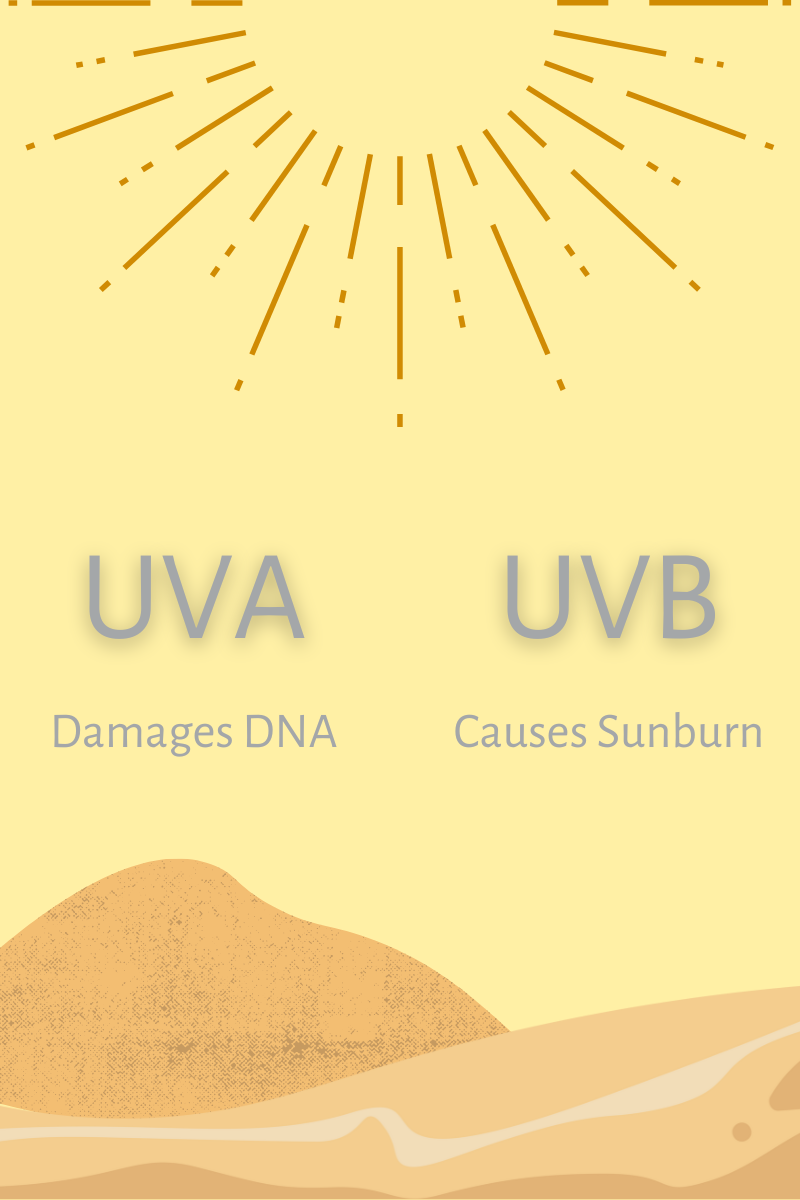
Last month, we discussed the difference between UVA and UVB rays. UVA is the aging ray that can damage DNA, while UVB is the burning ray. SPF value only indicates how well the product protects against UVB rays, which cause sunburn. It does not reflect the products ability to protect against UVA rays, which penetrate the deeper layers of the skin and are linked with premature aging and skin cancer.
Additionally, companies use an imprecise, extremely subjective testing method to determine the SPF value of a product. The outcomes of the test can differ based on the person’s skin type and how effectively the product is applied. This can result in stated SPF values that are often higher than the actual level of protection provided.
Checking sunscreen ingredients are key to avoiding toxic chemicals
So, how are you supposed to know which sunscreen to buy? The best thing to look at is ingredients, then you can consider individual preferences like scent, texture, and branding. Because sunscreen is intended to be applied every day the ingredients in your bottle are crucial. According to the FDA, only two ingredients, zinc oxide and titanium dioxide, can be classified as safe and effective. Zinc and titanium are physical sunscreens, also called “mineral sunscreens”, because they are not absorbed into the skin. They stay on the surface of the skin and create a physical barrier that reflects sunlight to prevent burns and exposure. This is why mineral sunscreens usually have a white or pale tint.
 Remember when we were laughing at Mark Zuckerberg for having such a WHITE sunscreen face while surfing? He was likely using a mineral sunscreen, and a LOT of it. The other sunscreen ingredients are chemical sunscreen, because they do absorb into the skin. In 2019, the European Commission proposed a concentration limit on three key chemical ingredients: oxybenzone, homosalate, and octocrylene. These ingredients were found to be absorbed into the body after just one use, and to remain in the body at detectable levels for several weeks even after being discontinued. Many chemical sunscreen ingredients are even detected in urine and breast milk samples. The European Commission proposed a limit of these chemicals at 1-2%, however U.S. manufacturers don’t have to follow the European recommendations and many U.S. sunscreens contain these chemicals at much higher levels. Needless to say, there are a lot of toxic chemicals in many of the sunscreens available in the U.S. When you’re shopping for sun protection, it’s best to avoid the products with oxybenzone, octinoxate (octyl methoxycinnamate), homosalate, octisalate, octocrylene, and avobenzone. It’s also recommended to avoid aerosol spray sunscreens. I know, I know. They’re so easy and convenient to apply, but because they are aerosolized, the chemicals can easily be inhaled into the body. I’m sure we’ve all been around someone using spray sunscreen, and it smells bad, right? You wouldn’t lick your hands after applying sunscreen lotion, so why would you breathe it in?
Remember when we were laughing at Mark Zuckerberg for having such a WHITE sunscreen face while surfing? He was likely using a mineral sunscreen, and a LOT of it. The other sunscreen ingredients are chemical sunscreen, because they do absorb into the skin. In 2019, the European Commission proposed a concentration limit on three key chemical ingredients: oxybenzone, homosalate, and octocrylene. These ingredients were found to be absorbed into the body after just one use, and to remain in the body at detectable levels for several weeks even after being discontinued. Many chemical sunscreen ingredients are even detected in urine and breast milk samples. The European Commission proposed a limit of these chemicals at 1-2%, however U.S. manufacturers don’t have to follow the European recommendations and many U.S. sunscreens contain these chemicals at much higher levels. Needless to say, there are a lot of toxic chemicals in many of the sunscreens available in the U.S. When you’re shopping for sun protection, it’s best to avoid the products with oxybenzone, octinoxate (octyl methoxycinnamate), homosalate, octisalate, octocrylene, and avobenzone. It’s also recommended to avoid aerosol spray sunscreens. I know, I know. They’re so easy and convenient to apply, but because they are aerosolized, the chemicals can easily be inhaled into the body. I’m sure we’ve all been around someone using spray sunscreen, and it smells bad, right? You wouldn’t lick your hands after applying sunscreen lotion, so why would you breathe it in?
How to be Reef Safe
If you’re going to be swimming, it’s important to consider using a reef-safe product. Although most products say “water resistant” the truth is that about 25% of applied sunscreen gets washed off the body within 20 minutes of being in the water. And in fact, the best way to protect the ocean is to use non-lotion protection, like rash guards or wetsuits. But if you’ll be using a sunscreen, check the ingredients. The Environmental Working Group (or EWG) recommends using sunscreens that contain zinc oxide or titanium dioxide, and to avoid oxybenzone, octocrylene, 4MBC, butylparaben, and octinoxate. Be aware that the term “reef-safe” is not regulated. One brand’s definition of reef-safe, may not be the same as another’s, so always look at the ingredients!
To sum up, here’s the list of ingredients you’d be best to avoid, water or no water:
- Oxybenzone
- Octinoxate (Octyl Methoxycinnamate)
- Homosalate
- Octisalate
- Octocrylene
- Avobenzone
- 4MBC
- Butylparaben
If you’ve already got a sunscreen you know and love (or just use whatever is under your bathroom sink), check out this link to check your own sunscreen’s ingredients and find out what EWG thinks of it.
Sunscreen isn’t always the best option: use shade and clothing to avoid harmful UV exposure
As we covered in last month’s blog, sunscreen shouldn’t be your first option to protect you from UV damage and sunburn. While SPF is a good indicator of UVB protection, it is an unreliable indicator of UVA protection- the sun rays that age your skin. And the toxic chemicals in most sunscreens could be worse than the UVB protection it gives you! That being said, sunscreen application can be a great help in addition to staying in the shade, wearing billowy clothing and wide-brimmed hats, and avoiding the peak hours of sunshine. Just like you do with the rest of your purchases, be smart and choosy about your selection. And while you’re at it, drink lots of water! But most of all: don’t forget to have fun while you’re out there.



